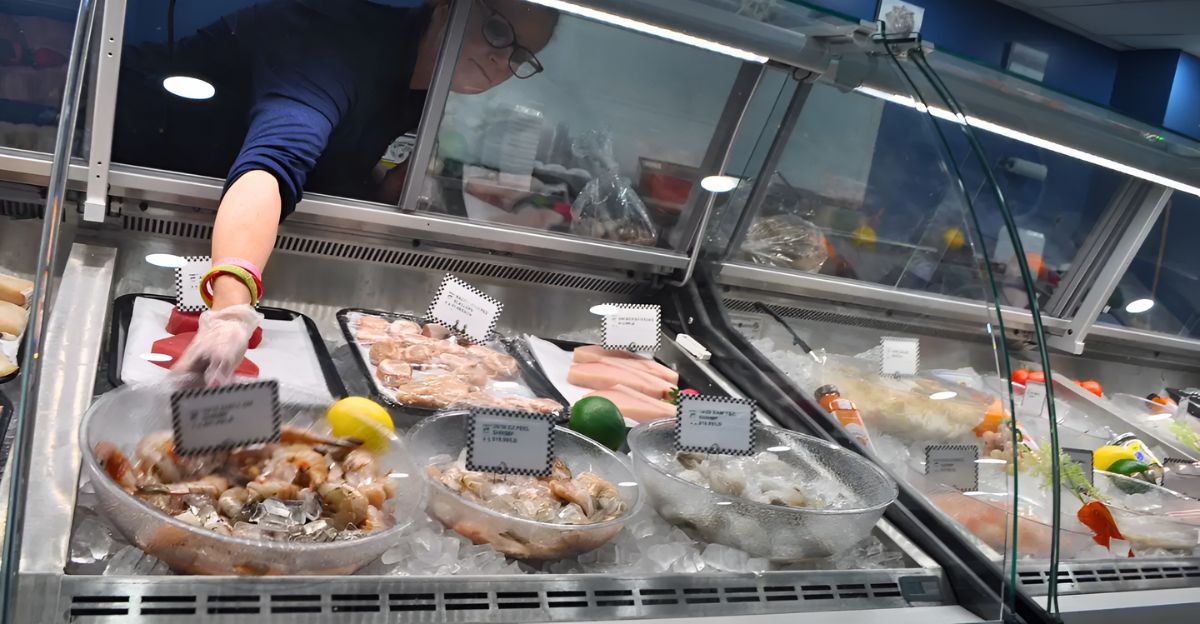
For over 40 years, an iconic American seafood company has been a beloved part of coastal culture, renowned for delivering premium lobster nationwide. This company has become synonymous with New England’s maritime heritage, symbolizing tradition, quality, and a connection to the ocean. However, today, this cherished institution is confronting an unprecedented crisis.
What is causing such a deeply rooted and respected company to falter? The answer lies in a complex mix of rising costs, market volatility, and shifting consumer habits. This story is not just about a business struggling financially; it’s about a tradition at risk of disappearing, a community facing economic uncertainty, and an industry in transition. The unfolding situation invites us to examine the forces reshaping America’s seafood landscape.
The National Impact of a Local Crisis
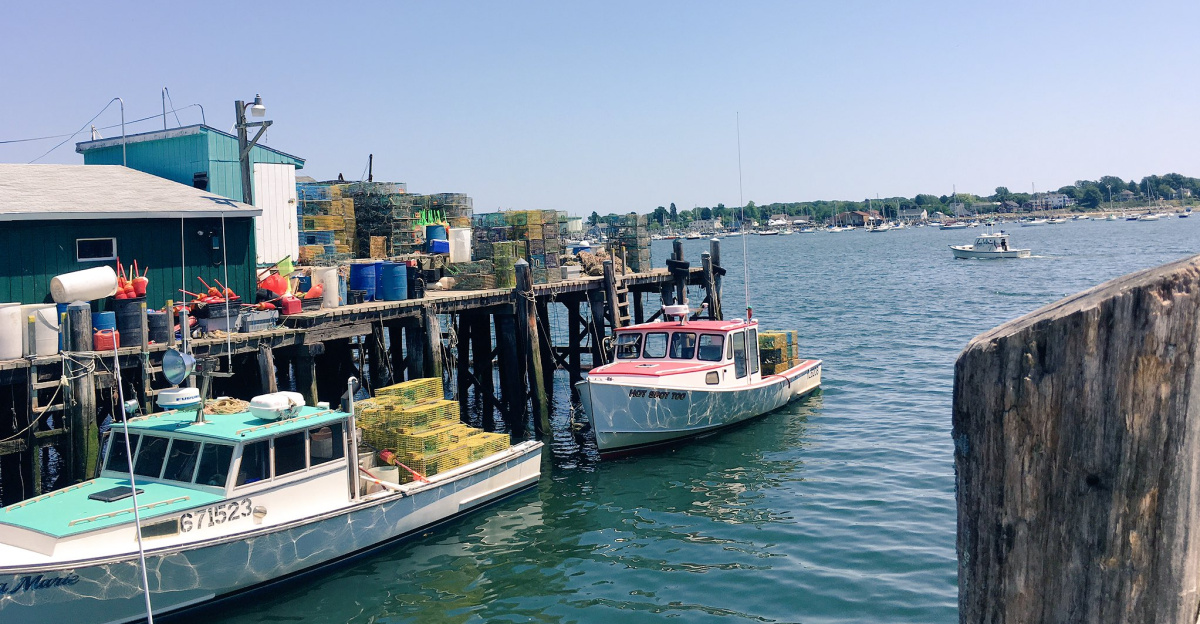
This story extends far beyond one company or one region. The seafood industry is a vital part of coastal economies across the United States, supporting thousands of jobs and generating significant revenue. This development hits close to home for seafood lovers, especially those who enjoy lobster. The company’s financial struggles threaten to disrupt supply chains, affect prices, and reduce the availability of fresh lobster nationwide.
Coastal communities dependent on lobster fishing and processing face economic uncertainty as major employers seek bankruptcy protection. This ripple effect underscores how interconnected the seafood industry is with local economies, cultural identity, and consumer habits. The stakes are high, and the consequences will be felt by fishermen, processors, restaurant owners, and consumers alike.
A Tradition Rooted in New England’s Heritage
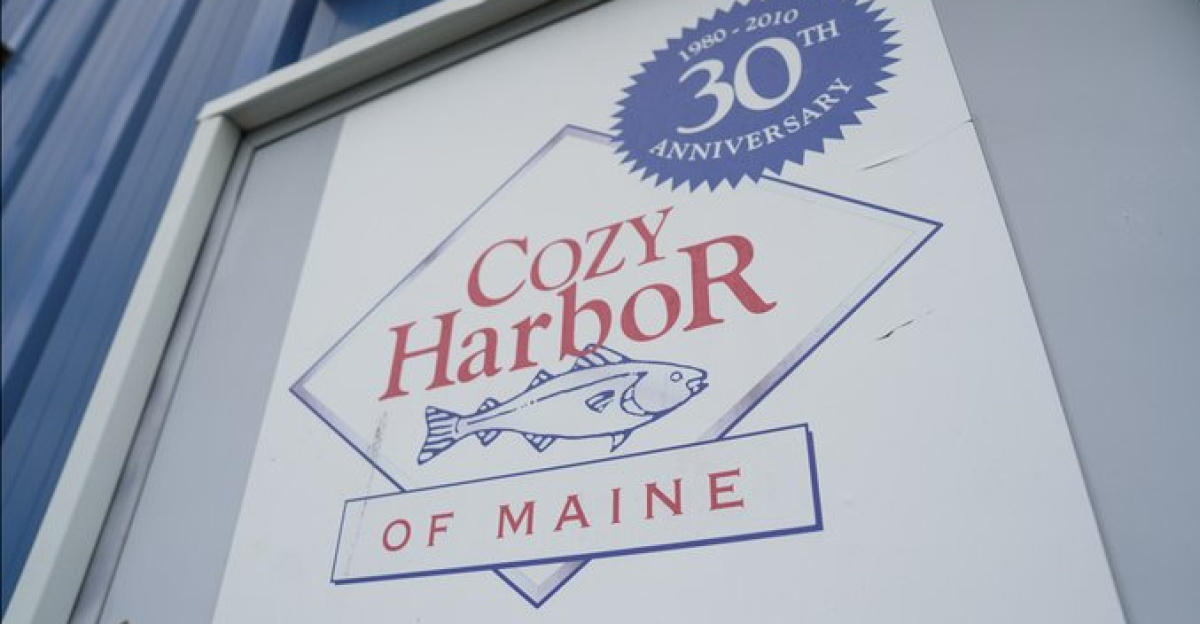
Founded in the 1980s, this company quickly became the oldest lobster processor in the United States, earning a reputation for quality and authenticity. It has symbolized New England’s rich maritime history, bringing fresh Maine lobster and other seafood delicacies to tables worldwide. Its products were a staple for many families, evoking memories of coastal vacations and family dinners.
Over the decades, the company has won prestigious awards and committed to sustainable fishing practices. Its legacy is one of craftsmanship and community, making its current financial troubles all the more poignant. This company’s story reflects the broader narrative of American seafood: a blend of tradition, hard work, and deep ties to the ocean.
Rising Costs and Market Volatility Create a Perfect Storm
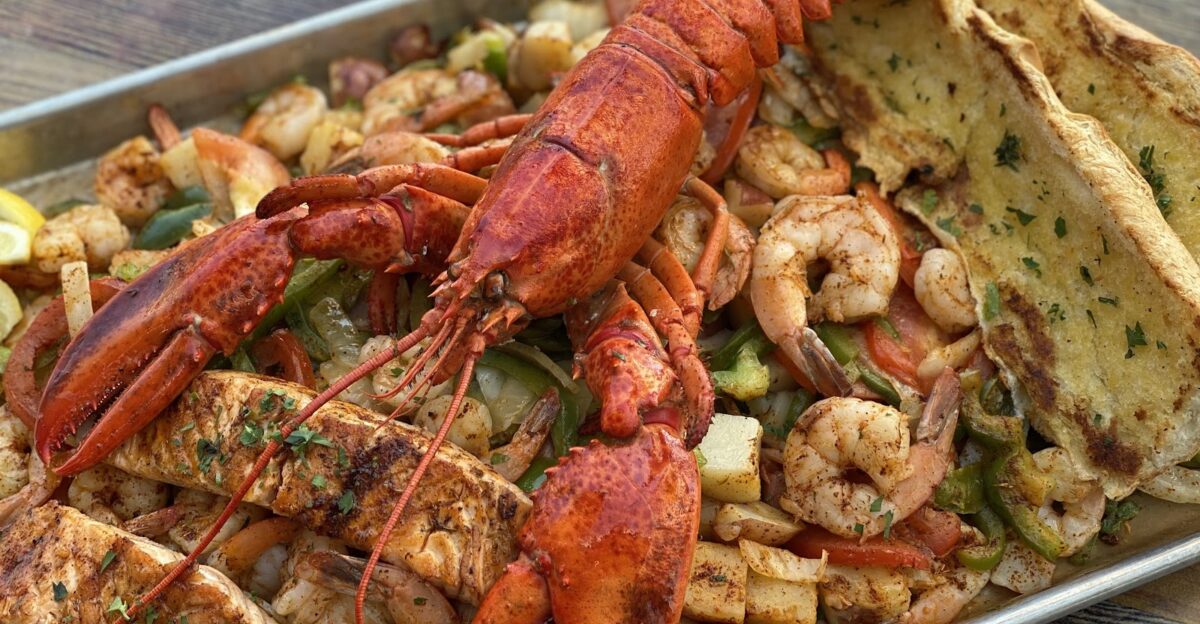
Recent years have brought unprecedented challenges to the seafood industry. Post-pandemic disruptions caused price instability and fluctuating tariffs, while operational costs soared. Labor shortages, increased fuel and utility expenses, and supply chain bottlenecks have squeezed profit margins to the breaking point.
The company faced rising costs for everything from lobster traps to transportation, making it difficult to maintain pricing that customers could afford. This perfect storm of economic pressures has forced seafood businesses to adapt rapidly or face decline. These challenges have created an unsustainable financial environment for this historic lobster processor, pushing it toward bankruptcy protection to restructure and survive.
A Turning Point for Cozy Harbor Seafood

In a significant development, Cozy Harbor Seafood, based in Portland, Maine, has filed for Chapter 11 bankruptcy protection. This legal move allows the company to restructure its debts while continuing operations, aiming to stabilize finances and seek new ownership. As the nation’s oldest lobster processor, Cozy Harbor’s bankruptcy filing is a landmark event in the seafood industry, highlighting the severe economic pressures traditional seafood businesses face.
The company remains committed to supplying fresh lobster and seafood during this transition, but the future is uncertain. This filing reflects internal challenges and broader market trends affecting the entire seafood supply chain.
Economic Shockwaves in Maine’s Coastal Communities

Cozy Harbor Seafood’s bankruptcy sends shockwaves through Maine’s coastal communities, where the company has been a major employer for 45 years. The Portland-based facilities provide jobs to fishermen, processors, and support staff, forming a critical economic pillar. The restructuring raises concerns about job security, local business stability, and the future of Maine’s lobster industry.
These communities rely heavily on seafood processing for their livelihoods, and any disruption could have cascading effects on regional economies. The bankruptcy filing highlights the vulnerability of traditional industries in the face of economic shifts, forcing communities to confront an uncertain future while hoping for a successful turnaround or new investment.
Franchisees and Processors Face Growing Challenges

Franchisees and local lobster processors connected to Cozy Harbor Seafood also feel pressured. As profit margins shrink due to rising costs and unpredictable demand, many face difficult decisions about continuing operations. These smaller businesses must navigate increased expenses, labor shortages, and shifting consumer preferences.
Their struggles reflect broader challenges in the seafood industry, where supply chain disruptions and economic uncertainty have become the new normal. The fate of these franchisees is closely tied to Cozy Harbor’s restructuring efforts, underscoring how interconnected the industry is at every level.
Industry-Wide Pressures: Bankruptcy Among Competitors
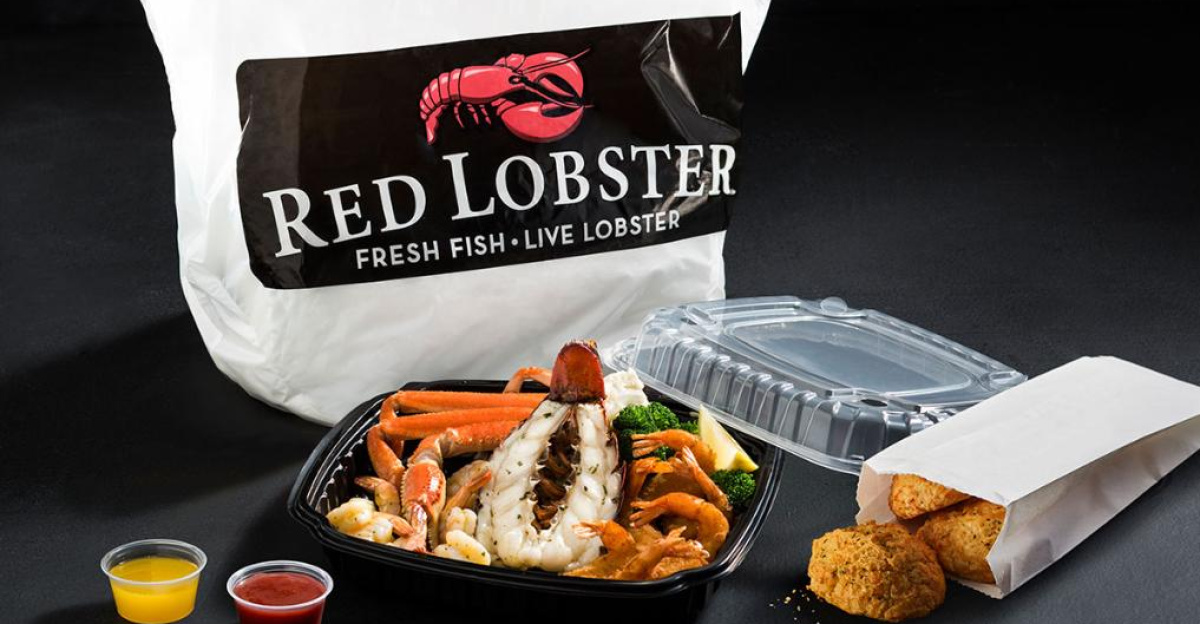
Cozy Harbor’s bankruptcy is part of a larger pattern in the seafood and casual dining industries. Major chains like Red Lobster have also filed for bankruptcy protection recently, citing similar issues such as costly leases, labor shortages, and unsuccessful marketing campaigns.
These filings reveal systemic challenges, including inflationary pressures and changing consumer habits, that are reshaping the seafood market. The struggles of these well-known brands highlight the difficulty of maintaining profitability in a highly competitive and evolving industry. This trend signals a potential restructuring of the seafood dining landscape nationwide.
Changing Consumer Habits Reshape the Seafood Market
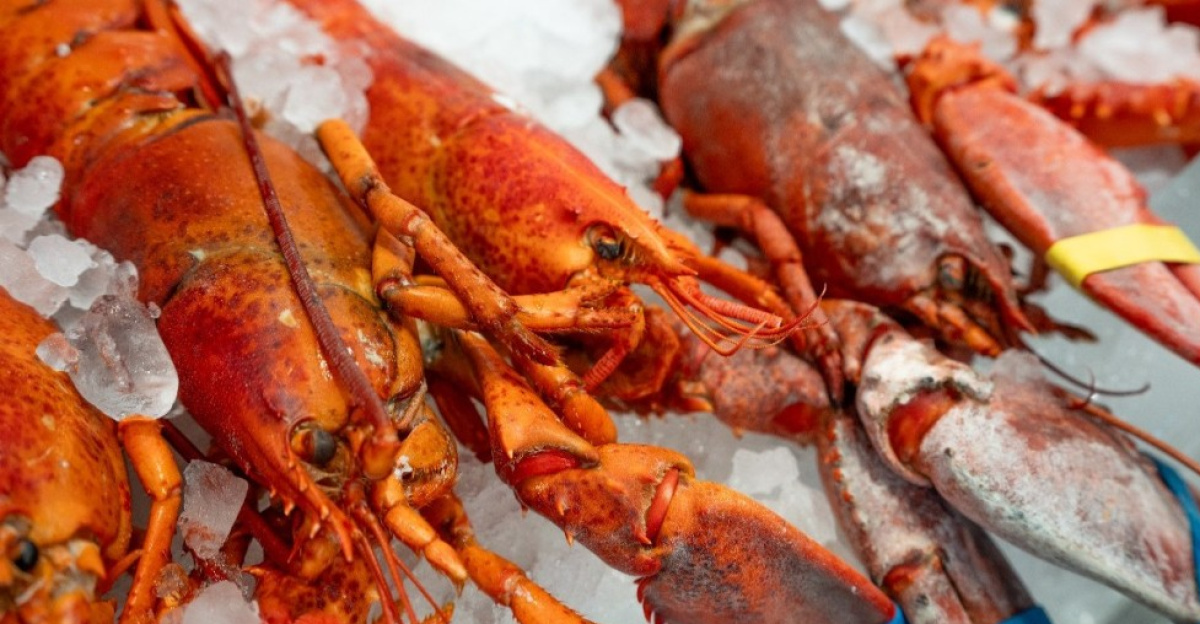
Consumer behavior has shifted dramatically in recent years, accelerated by inflation and the pandemic. Many customers have reduced dining out, opting for delivery or cooking at home. This change has led to empty restaurant tables and increased competition among delivery platforms.
Inflationary pressures have also made consumers more price-sensitive, challenging seafood companies to maintain sales without sacrificing quality. These evolving habits have contributed to closures and restructuring across the industry, forcing companies to innovate and adapt to survive in a transformed marketplace.
The Future of America’s Lobster Industry: Adapt or Transform?
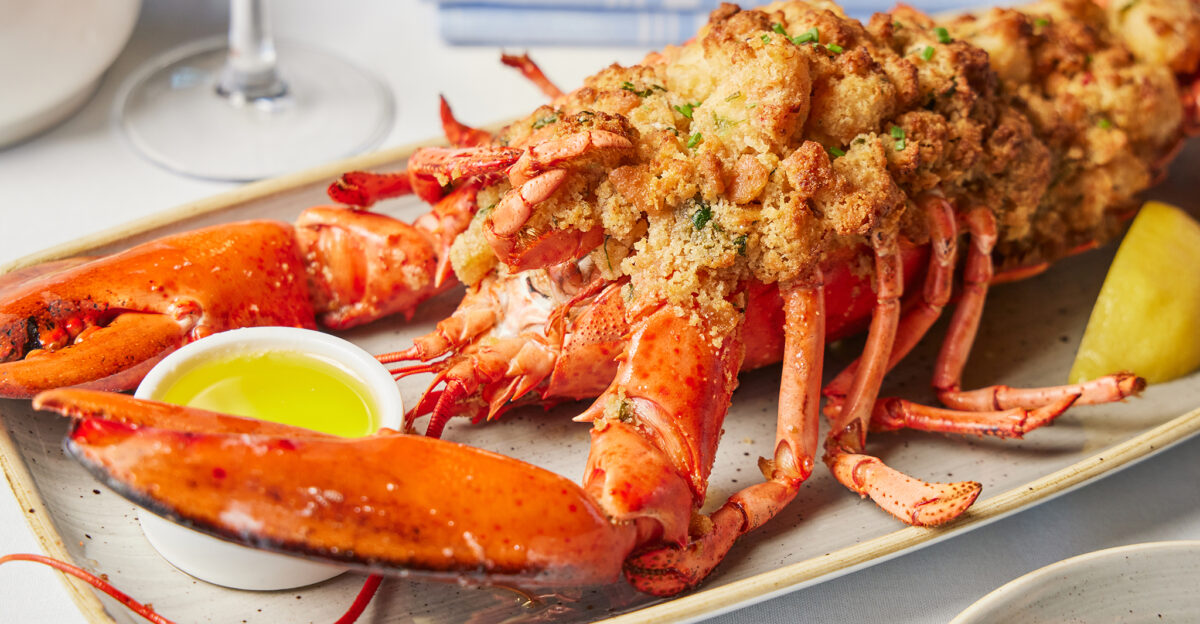
As Cozy Harbor Seafood seeks new ownership and financial restructuring, the future of America’s lobster industry hangs in the balance.
Can these historic seafood stalwarts adapt to changing economic realities, consumer preferences, and operational challenges? Or is this the dawn of a new era, where innovation and transformation will redefine the industry? The coming months will be critical in determining whether tradition can coexist with modern demands or if a fundamental shift is inevitable. Coastal communities, industry stakeholders, and consumers watch closely, hopeful for a sustainable path.